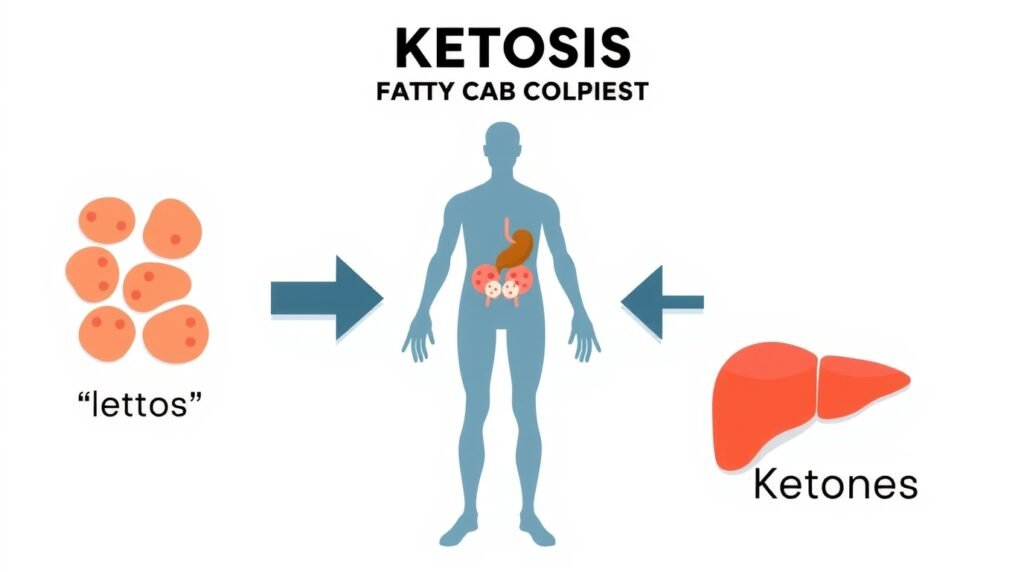
Knowing the Importance of Healthy Fats Keto Diet
The keto diet is totally trending because of its potential to help people lose weight and transform their health. Knowing the fats that are your friends Nothing is more essential to a successful keto diet than healthy fats. You may be asking yourself why fats are so important when cutting carbs. In this article, we’re going to cover the significance of good fats in a keto lifestyle as well as how they are good for you on your health journey.
The Basics of a Keto Diet
Fundamentally, the ketogenic diet is crafted to force your body into a ketosis state. This happens when the body primarily uses fat, rather than carbohydrates, for fuel. In this metabolic state, your liver converts fats into molecules called ketones, which the brain and muscles can use as an alternative source of fuel. In order to enter and remain in that fat-burning ketogenic state, the percentage of healthy fats you’re consuming needs to be much higher, while the amount of carbs consumed must be low.
Types of Healthy Fats
Fatty isn’t all the same. Knowing the best fats to eat on a keto diet is essential. Here are some healthy fats that you may want to consider:
- Monounsaturated Fats – Olive oil, avocados, and nuts are good examples of monounsaturated fats. They are also believed to support cardiovascular health and decreasing inflammation.
- Polyunsaturated Fats: Omega-3 fatty acids are found in fatty fish such as salmon, and omega-6 fatty acids are found in chia seeds. These are vital to the health of your brain, and they can help lower risk for chronic diseases.
- Saturated Fats: Sorry, but eating saturated fats will not make you fat; unless you consume them in excessive quantities. Good choices are coconut oil and grass fed butter. And they can make your food taste better, more decadent and supply short-term energy.
- Trans Fats: Limit as much possible. They are present is so many processed foods and can cause countless health ailments.
How Healthy Fats Work on the Keto Diet
Incorporating healthy fats into your keto regimen will come with a number of perks. Here are a few:
- Lose Weight: Good fats help you feel full longer, so you eat less throughout the day.
- More Stable Energy: Fat is not as sudden a burst of energy as carbs, so you do not get the same jolts and drops in your energy levels.
- Better Mental Acuity: Ketones are a clean burning fuel for your brain and keep you sharper than carbohydrates will.
- Less Inflammation: Many of these healthy fats, such as omega-3 fatty acids, act to reduce inflammation and potentially improve overall health.
How to Add Good Fats to Your Diet
Incorporating healthy fats into your diet doesn’t need to be a complete overhaul. Begin with small changes and keep it simple. Here’s how to begin:
- Include slices of avocado in your salads, or serve them as a side to your entrees.
- Cook with olive or coconut oil rather than with vegetable oils.
- Eat nuts and seeds instead of packaged snacks.
- Substitute ghee or grass-fed butter for conventional butter to improve the quality of your fats.
- Incorporate fatty fish like salmon or mackerel a few times each week.
Common Misconceptions About Fats
The world is waking up to the vast benefits of healthy fats — however, a few myths still linger. Here are a few prevalent myths, debunked:
- Fat Makes You Fat: This is a misconception. And healthy fats can aid in weight loss if consumed in the right dosage.
- No Saturated Fat is Good: Not all saturated fat are bad. Coconut oil and dark chocolate are just two of the foods that can have health benefits.
- Fat-Free Foods Are Good For You: Many fat-free foods contain high levels of sugars and other unhealthy additives, which makes them (arguably) less healthy than the full-fat versions.
As you journey through trying out the keto diet, it’s important to realize that when you choose to love healthy fats again, you can change your palate and health for life. Choose the right fats and include them in your meals regularly to start yourself off on solid ground for keto. Follow how you feel and listen to your body, keeping those fats around and soon enough you`ll be well on your way to reaping the rewards of a ketogenic lifestyle.
Best Healthy Fats to Add to Your Ketogenic Meal Plan
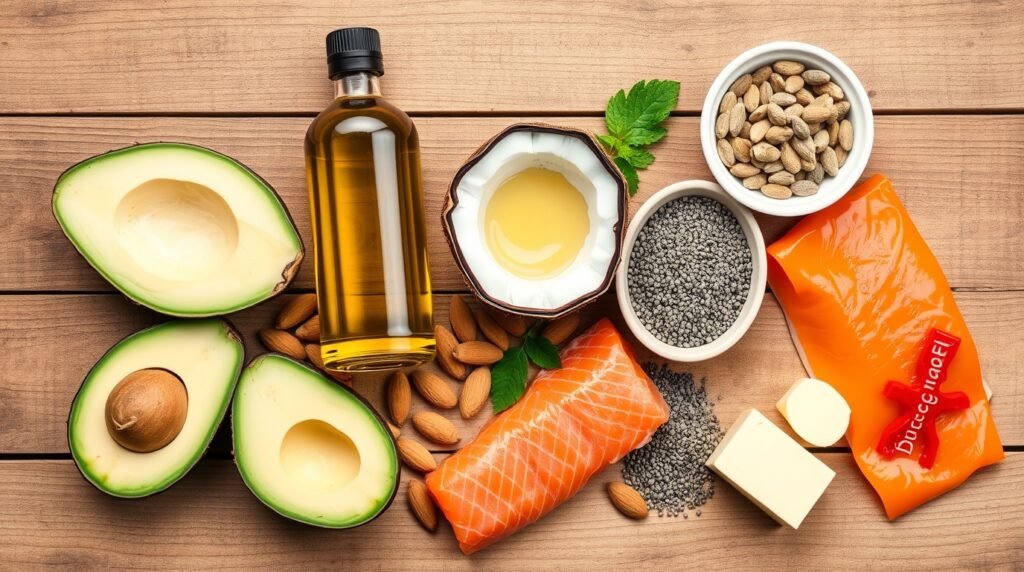
When you start a keto diet, it’s important to pay attention to adding healthy fats into your meals. Healthy fats, like those that come from lean meats and fish, play a role in both helping you feel full and delivering crucial nutrients for overall health. What follows in a list of the best healthy fats to pack into your keto meal plan, and some tips on how to incorporate them seamlessly into your daily life.
Avocado
Avocado: The rock star of healthy fats. High in monounsaturated fats, avocados can have the effect of reducing bad cholesterol and raising good. They are also high in fiber, which benefits digestion.
To incorporate avocados into your diet, you can entail sliced avocado with salad, spread some guac on your keto toast and/or eat them diced in your breakfast eggs!
Coconut Oil
Another great choice for your keto diet is coconut oil. It is rich with medium-chain triglycerides (MCTs), which are fats that you body can turn into quick energy, making it an optimal source of fat while in ketosis.
Try coconut oil in place of vegetable oil in your favorite keto meals, added to coffee for a creamier drink, or blended into smoothies to help you get the most fat possible out of that blend.
Olive Oil
It’s a healthy fat, and has been linked to various health benefits such as healthier heart. It’s high in antioxidants and healthy monounsaturated fats, making it great to drizzle over salads or vegetables.
Bring olive oil into your kitchen by marinating meats with it, adding to roasted veggies, or combining with vinegar for a tasty salad dressing.
Nuts and Seeds
Seeds and nuts Seed and nuts are an abundant source of healthful fats, fiber, and protein. They’re quick to eat out of hand and adaptable to a range of recipes. Almonds, walnuts, chia seeds and flaxseeds are particularly excellent on a keto diet.
- Almonds: Snack on them plain, or experiment with almond flour in baking.
- Walnuts: Toss them in salads or blend them into smoothies.
- Chia Seeds: Stir them into yogurt or chia pudding.
- Flaxseeds: Sprinkle your smoothies or oatmeal with ground flaxseeds.
Grass-Fed Butter
Grass-fed butter is also rich in beneficial fatty acids, CLA, vitamins E and K as well as other important nutrients. If you want to add flavor to your meals and still remain fat based, this is one fantastic option for you.
Spread grass-fed butter on vegetables while sautéing, toss it with some steamed broccoli or mix it in your morning coffee for a little energy.
Fatty Fish
Fatty fish, like salmon and mackerel, are as tasty as they are packed with omega-3 fatty acids. These healthy fats are important for heart health, and may fight inflammation in the body.
Start eating fatty fish a couple of times weekly. You can grill it or bake it, or throw it in salads for added flavor and fat.
Full-Fat Dairy Products
Full-fat dairy such as heavy cream, cheese and yogurt are great for adding good fats to your keto meal plan. They are high in saturated fats to balance hormones and nourish the body.
Have full-fat cheese on your salads, and allow yourself to enjoy heavy cream in your coffee or keto desserts.
MCT Oil
MCT oil (or medium chain triglyceride oil) have become increasingly popular as a supplement to help you get more of the fat needed to hit ketosis while on keto. MCTs are quickly converted to ketones, which can be used for energy. This is why MCT oil works well as an add on to keep you in ketosis.
Boost your healthy fat intake by adding MCT oil to smoothies, coffee or salad dressings.
Add to that a healthy dose of fats on your keto meal plan, and suddenly you’ll be feeding your body with the nutrients it needs for long-term health, while still enjoying all your meals. Just make sure to be mindful of what you’re eating, and have fun finding new staples that fit your keto way of life.
Popular Misconceptions About Fats and Keto diets
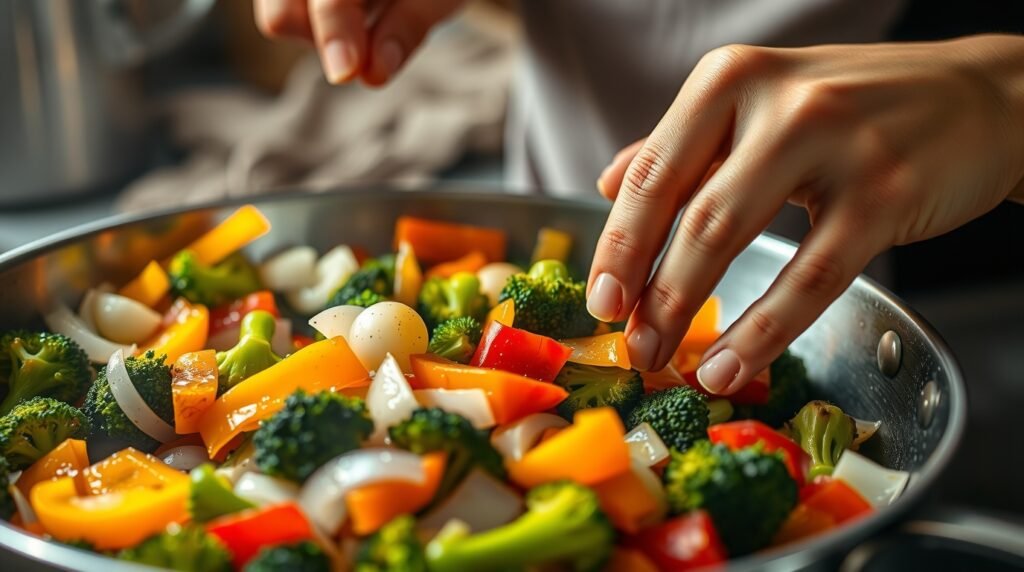
One of the biggest bulletpoints when it comes to the keto diet, is all about the emphasis on healthy fats. But there’s a lot of confusion in the discussion about fats and ketogenic eating. Here are some of the most common falsehoods explained.
Myth: All fats are unhealthy
Many people believe that all fats are bad for you. The truth is that fats are necessary for our body to work. Good fats (avocados, olive oil, nuts and fish rich in omega-3s) offer essential nutrients and fuel. They aid in vitamin absorption and promote cell growth. You do need to differentiate between healthy fats and unhealthy trans fats (found in processed foods) though. Healthy fats are a fundamental aspect of the keto diet.
Myth: A keto diet is packed with all fats, good or bad
Many people believe that going keto entails consuming indiscriminate and unlimited fats. Although the keto diet does advocate for consuming large amounts of fat, it concentrates on good fats. Quality matters. You can relish in a keto lifestyle without the health compromise by choosing unsaturated fats over saturated and trans fats.
Myth: Eating fat will make you fat
A second misinterpretation is that consumption of fats will cause weight gain. The fact is weight gain happens when you eat more cals than what you’re burning whether those Cals come from carbs, protein or fat. Good fats can also help you feel full longer, and so reduce overall calorie consumption. Fats are the primary source of energy for you on a keto diet—and losing weight for most people.
Myth: You can’t get enough protein in keto.
Some keto newbies fret they won’t get enough protein when so focused on fats. But a balanced keto diet also includes plenty of protein sources, like meat, fish eggs and dairy. Fats, proteins and low-carb vegetables is all you have to balance. It’s possible to build a satisfying meal plan that provides enough protein while staying within your carbohydrate targets.
MYTH: Keto is just for losing weight
Most people of course embrace the keto diet for weight loss, but there’s more! Research links a ketogenic diet to enhanced mental clarity, heart health and even blood-sugar management. As many people on a keto diet experience consistent energy and less cravings, overall quality of life improves rather than simply weight management. The healthy fats eaten during such a diet are an integral part of this advantage.
Myth: Fruits are a no-no on a keto diet.
There are some people who think that fruit is not in the cards when it comes to a keto diet. Although many fruits are high in sugar, there are also low-carb options out there. Berries, for example, are an excellent option because they’re full of antioxidants and fiber — but lower in carbohydrates than many other fruits. one serving of these fruits can provide health benefits without getting in the way of your keto goals.
Myth: You’ll feel tired and lethargic on keto
One common issue people worry about is feeling sluggish hwhen they start a diet low in carbs, such as a ketogenic diet. This is commonly known as the “keto flu,” when some people are fatigued through the new transformation. But once the body becomes accustomed to burning fat as its main energy source, most describe feeling energized and clear-headed. Eating good fats are important during this time, in order to feed your body properly.
Myth: Keto isn’t for everyone
Not everyone will do best on a keto diet, but for many this kind of eating plan is very helpful. Whether the keto diet is right for those with specific health goals — or simply as a way of eating more vegetables and less sugar, without counting calories — remains to be seen. But you should definitely talk to a health care provider before using it, because it might not be the best option for you or your situation.
Knowing the lowdown about fats in a keto diet can turn your meal planning and health on its head. Set aside the myths and start enjoying good fats to help you get healthy.
How to Transition to a Keto Diet with Healthy Fats
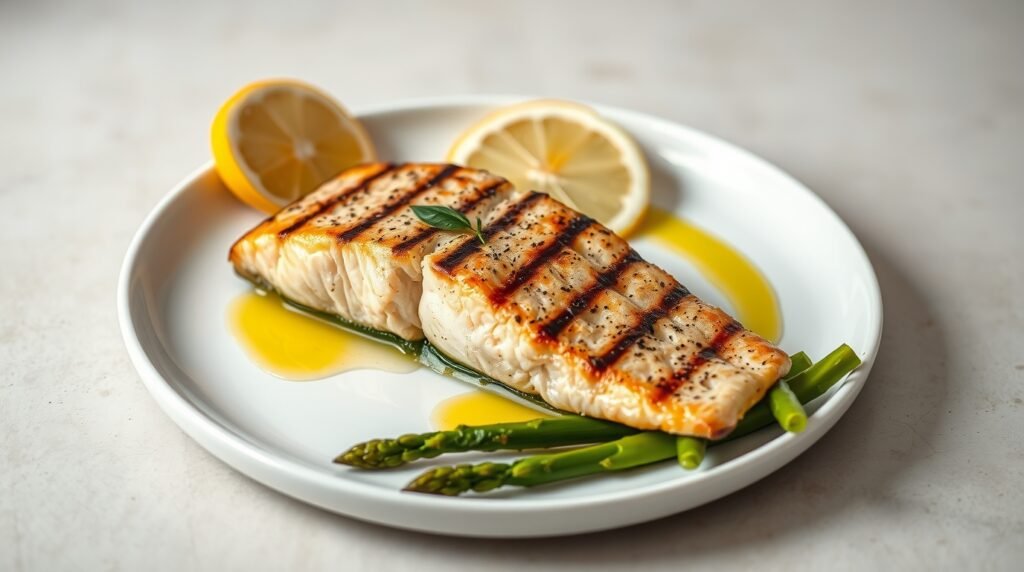
Transitioning to a keto diet can be intimidating too, but especially if you’re not sure which fats to eat. Healthy fat is your friend on this low-carb adventure. Here’s a practical guide to help you make the switch with ease and have a health-promoting explanation for the positive change around healthy fats.
First, let’s define what a keto diet is. In the keto diet, you reduce carbs and enter a state of ketosis. During this phase, your body becomes better at burning fat for energy and less reliant on carbs. You will also need to select the right types of fat because these will become your primary source of fuel.
Understanding Healthy Fats
And not all fats are equal. A breakdown for the 5 healthy fats you should focus on including in your transition:
- Monounsaturated Fats: In olive oil, avocados and some nuts such as almonds and hazelnuts.
- Polyunsaturated Fats: Omega-3 and omega-6 fats are found in fish, flaxseeds and walnuts.
- Saturated fats – include healthy options like coconut oil, grass-fed butter, and ghee.
While you are transitioning, the more that you can do to reduce trans fats and processed vegetable oils the better because they are harmful to your body as well.
Plan Your Meals Wisely
Meal planning is your friend when it comes to starting a keto diet. Bring some healthy fats to each meal. Here are a few to get you started:
- Breakfast Option: Have some scrambled eggs prepared with coconut oil and half an avocado on the side.
- Lunch: Make a salad with olive oil, nuts and grilled chicken breast.
- Dinner: Baked salmon dripping with butter, and steamed broccoli sautéed in olive oil.
And snacking is an important part of the keto diet, as well. Have some healthy fat snacks on hand, such as nut butter, cheese or sliced avocado. This will help you feel fuller longer and prevent your cravings from rearing their ugly heads.
Stay Hydrated
And remember to always hydrate with plenty of water as you do this. Hydrating may aid in controlling side effects some people feel when they begin the lifestyle, as well, such as the “keto flu.” Dehydration may occur during the transition, especially with a reduction of carbohydrate intake.
Listen to Your Body
All people respond differently to diet. Pay attention to your body’s reaction as you gradually reintroduce healthy fats. Some individuals might see changes in their digestion. You want to slowly introduce fats so your gut can adapt.
Track Your Progress
A food diary, for example, may be helpful. Keep track of what you eat and how your appetite, energy level, mood and physical performance are affected. You may discover that some fats offer you more energy, or just make you feel better over all.
Incorporate Exercise
When you are working toward your goal of switching to a keto diet, keeping any existing or beginning an exercise program can help improve the results. Physical activity works in perfect harmony with the upping of healthy fats and can help to boost your metabolism. Concentrate on working in addition to cardiovascular exercises.
Seek Support and Education
Seeking out a community can provide added encouragement and more tips. Websites, message boards, or local groups can be a treasure trove. Network with successful people; learn from their recipes and the playbook that worked for them.
As you switch to a keto diet, which is rich in healthy fats, make sure to focus on the quality of your food. Taking it slow helps the body to adjust so you can fully enjoy the ride. Using these methods, you will be a long way toward reaching your health goals on the keto diet.
Healthy Fats for Health and Weight on a Keto Diet
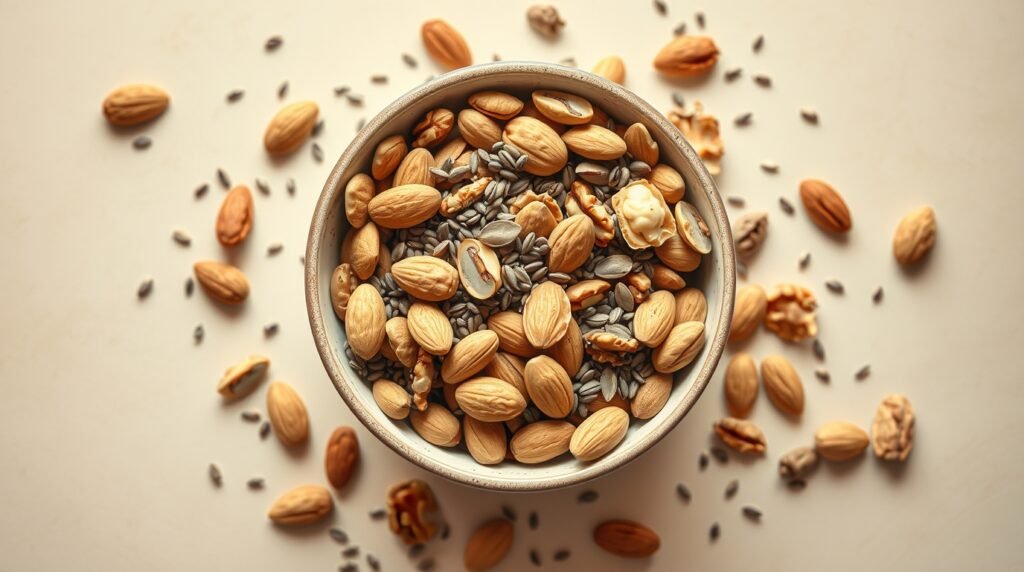
Good fats are essential to maintaining overall health, maybe even more so if you are on a ketogenic diet! It’s important to distinguish between unhealthy fat and the healthy fats in your diet. Heathy fats help to keep you full, boost brain function and, when used correctly on a keto diet, contribute to weight loss.
The keto diet is based on low carbs and high-fat food consumption. This change puts your body in a state of ketosis, when it burns fat for source instead of carbohydrates. Learning the health benefits of fats will help to keep you inspired and knowledgeable as you take on this endeavor.
Energy Source
“Healthy fats pack in more calories than their healthy counterparts. Fat contains 9 calories/gram, so it serves as a good fuel source for the ketogenic diet’s low-carb burn phase. Eating the appropriate fats will ensure that you have sustained energy throughout the day, which can be especially helpful when you are new to a diet and could experience fatigue.
Promoting Satiety
Fats can increase satiety meaning you will be hungry less often. This can be beneficial for controlling portions and preventing between-meal hunger. Ensuring a source of healthy fat in every meal will help fill you up and prevent snacking and can be helpful for weight loss.
Supporting Nutrient Absorption
Fat-soluble vitamins, like A, require fat to be properly absorbed in your body. These are all vitamins which the body need fats to absorb, due to some of their roles in maintaining health.Foods high in healthy fats can enable the body better absorb these famously essential nutrients.
Types of Healthy Fats
There is fat and there is fat. It’s important to pay attention to the kinds of healthy fats you’re opting for in order to get the maximum benefit when on the keto diet:
- Monounsaturated Fats: You can get this type of fat in olive oil, avocados and nuts; they serve to lower bad cholesterol levels and decrease inflammation.
- Polyunsaturated Fats: These fats include omega-3 and omega-6 fat that are found in fatty fish, flax seeds, walnuts. These fats can be good for heart health and have anti-inflammatory effects.
- Saturated Fats: Most people are scared of saturated fats yet sources such as coconut oil, pastured butter and animal fats can be beneficial if eaten in moderation. They offer fast fuel for your body in ketosis.
Improving Heart Health
Your heart can love a keto diet Because your body is burning fat as fuel, it has the chance to become a more efficient fat burner and you’re able to reap the benefits. When you swap out processed carbs for healthy fat, you might help improve your cholesterol and lower your triglycerides. This may help lower the risk of heart problems. Plus, good fats like the kind found in avocados and nuts have nutrients with cardioprotective properties.
Enhanced Brain Function
Your brain loves fats! Fact is, it’s almost 60% fat. Monounsaturated fats help keep your brain healthy and improve memory and cognitive functions. The ketones create during ketosis helps to provide potential energy for the brain also boost mental clarity and focus.
Weight Loss and Fat Loss
The most obvious advantage of the keto diet is weight loss. And that’s because healthy fats can support elevated metabolism and even encourage fat burning. When you go into ketosis, your body is very efficient at breaking down fat for fuel which is why you see the weight come off.
Managing Blood Sugar Levels
Good fats can help balance blood sugar by slowing the digestion of carbs. Healthy fats also slow blood sugar spikes and prevent you from becoming really hungry and crashing a few hours after eating.
Including healthy fats in your diet is more than just about losing weight – it’s about making a commitment to a healthier and higher quality of life. Learning how these fats can help your body work will ultimately lead to more satisfaction in your meals and success on keto.
Conclusion
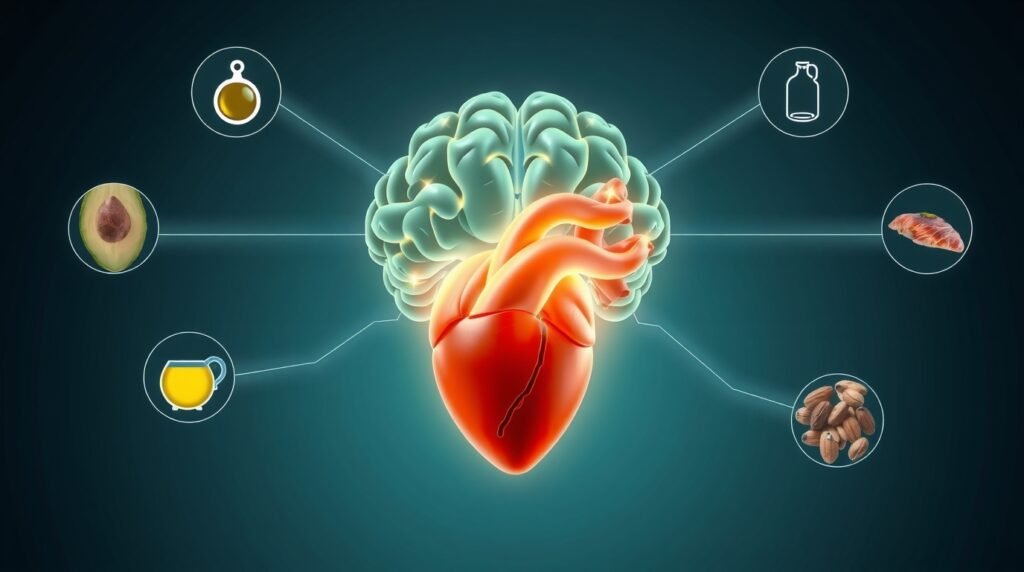
Adopting these healthy fats are a critical component of this keto lifestyle. You can also With an understanding of wirh crucial role you are able enyoy delicious food whilst supporting your body. The best good fat sources, including avocados, nuts, seeds and olive oil, also not only add flavor but are good for you. Busting typical fat myths helps to arm you with knowledge so that you can make educated decisions and move beyond misunderstandings that may be keeping you from being successful.
Adopting a keto diet doesn’t have to be difficult when you concentrate on adding in those healthy fats. It sounds awfully scary, but if you take it step by step and day by day, the transition to a raw food diet can be easier than you think – and all made possible with enough support from family members. As you start this journey, you’ll soon experience the amazing effects of healthy fats on weight-loss and wellness.
The payoff is obvious: Eating healthy fats help you manage your weight and also provide important nutrients to feed your body. This potent duo can result in increased energy, sharper thinking and better mood. As you move through the keto journey, focus on these healthy fats and be mindful of what’s in your food. And remember, it’s not just about reducing carbs; it’s about adding the nourishing fat that leads to a balanced and truly vibrant life. And love the journey and feel Good about all the yummy, nutrient-dense food you get to eat on this fun dietary adventure!